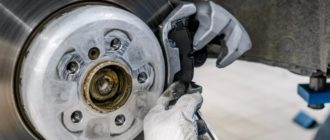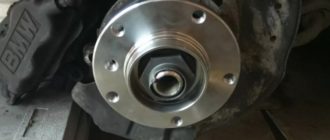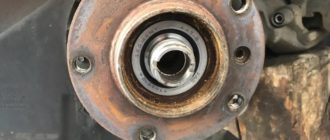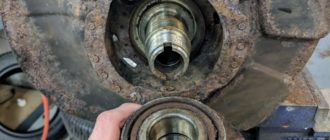Oil seals are a rather important component of the internal combustion engine system of every car, regardless of the model. The task of oil seals is to regulate the amount of oil supplied. If they work properly, the valve receives exactly the amount of oil needed for lubrication.
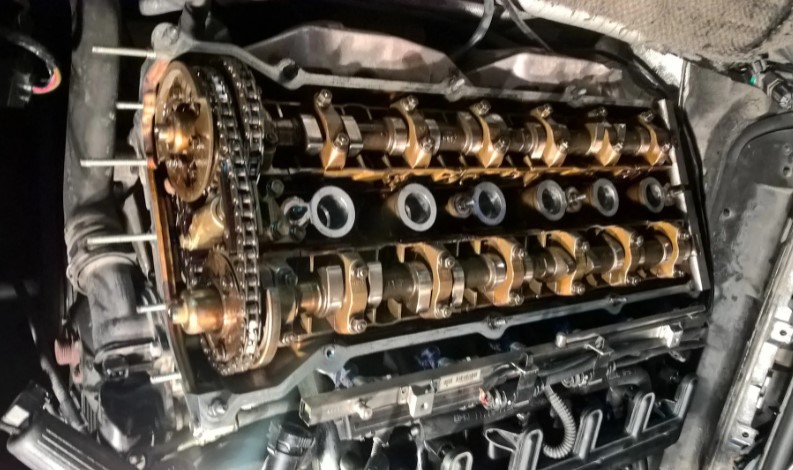
If more or less oil enters, it has a negative impact on the engine's performance.
Mechanical damage, poor installation quality, or simply the end of the service life can be the reasons for this. The solution to this situation is to replace the oil seals on a BMW car.
Identifying Faulty BMW Oil Seals
The standard period of use for this part is a mileage range from 100 to 200 thousand kilometers. After this, they should be replaced with new ones. However, such time frames should be followed only if there are clear signs of seal failure. These signs may include:
- Significant increase in oil consumption compared to the normal level;
- Formation of blue smoke coming out of the car's exhaust pipe.
In such a situation, repair work should be carried out as soon as possible.
Preparing Tools and Replacing Seals
Replacing oil seals on a BMW car involves engine disassembly, requiring a specific set of tools. To perform the repair, you will need:
- Seal press tool;
- Standard pliers;
- Hammer;
- Tweezers to remove dry cakes;
- Lead solder — a 4 cm diameter rod will suffice;
- Any tool to compress and fix the valve spring.
Sequence of Actions for Replacing Oil Seals on BMW
The replacement is carried out in the following sequence:
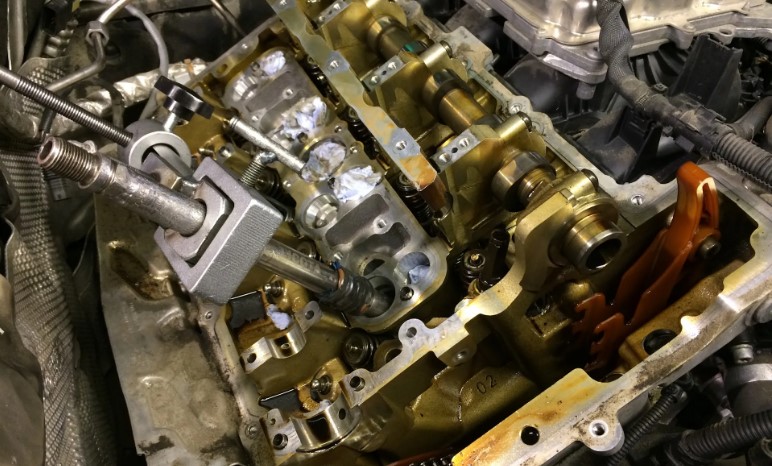
- Remove the cylinder head;
- Rotate the crankshaft until the marks on the bearing and the camshaft align;
- Disassemble the camshaft and bearings. Remove the ignition coil wires, unscrew the spark plugs;
- Remove the valve lever;
- Extract the spring;
- Replace the adjusting screw using a tool capable of fixing the valve spring;
- After opening the valve, replace it with a lead rod;
- Using a tool to compress the valve spring, free the cakes and access the seals;
- Install new parts on the valve, pre-lubricated with oil;
- Reassemble all parts in reverse order.
Replacing BMW M54 Oil Seals
After some time of owning a BMW E520i E60, an issue of increased oil consumption may arise. If previously such a situation could occur after 100 thousand kilometers of mileage, now it often happens at 70-80 thousand kilometers.
Engines have a vacuum cooling system, characterized by increased atmospheric pressure. This shifts the upper boiling limit of the coolant and allows the engine to operate at elevated temperatures.
However, modern power units have many plastic components, reducing the overall engine weight. But plastic ages quickly, as do rubber parts, to which oil seals belong.
It is best to replace them before serious issues arise. An optimal interval is replacing them every 100-150 thousand kilometers, ensuring the preservation of many car parts. It is best to entrust the replacement of oil seals to professionals, as dismantling the gas distribution system is required.
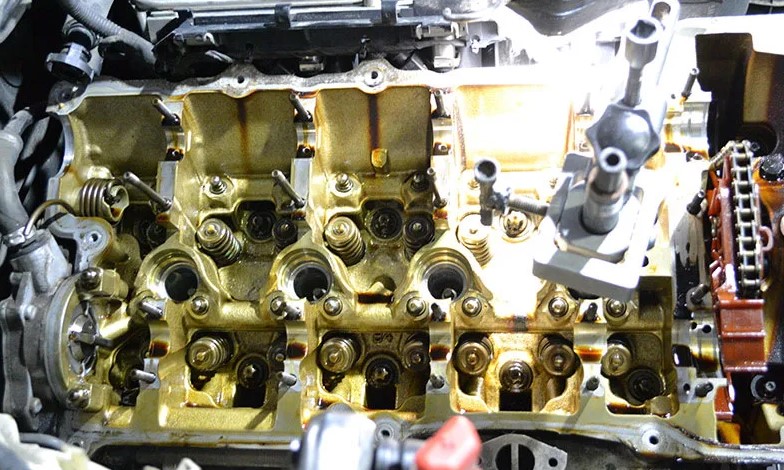
Consequently, after completing the work, it will need to be assembled correctly. This is impossible without special tools. And if there is no device for supplying compressed air, you will have to detach the cylinder head.
Replacing Seals for Oil Removal on BMW N62
This activity is quite engaging despite its monotony. Replacing them on this engine is relatively simple due to easier access to the valve springs. Even though the engine is quite modern, its peculiarity lies in the requirement for assembly cleanliness.
Do not confuse rockers and make sure that during installation, torsion springs do not come off the levers. The replacement is performed simultaneously on all valves. After completion, it is essential to check how snugly the installed seals fit. They must fit flush.
More: BMW M5 Owners Reviews
Replacing Oil Seals on BMW N63
By using this car as an example, one can see that no task is impossible. This refers to replacing oil seals on this BMW model without removing the cylinder head. The process itself turned out to be quite labor-intensive, but the result was successful.
Issues with oil seals are encountered in many BMW models, with the main sign being increased oil consumption, reaching about 1 liter per 1000 kilometers traveled. The total time needed was three days: the engine was disassembled on the first day, the seals were replaced and the camshaft phases were set on the second day, and on the third day — the car was assembled and checked.
In addition to the mentioned details, all fuel injectors, spark plugs, and crankcase ventilation together with pipes were also replaced. The approximate cost for all the work, including parts acquisition, was 85 thousand rubles.

